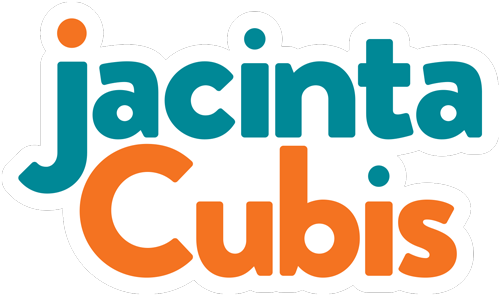Briefs and bucks
While waiting to get on the tennis court last week, we swapped notes about our respective work days.
The law lecturer was curious to know what my ‘design’ work entailed. When he learned I design workshops, he said he couldn’t imagine what that entailed.
I reassured him that he would, as I think facilitators have quite a bit in common with lawyers – at least criminal barristers.
#1: we both get briefed. A barrister’s brief often comes tied with a quaint pink ribbon. I recycle those for workshops. They come in handy to string up the cardboard tags, on which participants write their hopes, ideas and suggestions.
I’m a little jealous of barristers’ briefs. They are often much more colourful – photos from crime scenes and videos of police interviews. The briefs I get are much less colourful, but the end result – a workshop – is always much more visual than any court room matter.
For both of us, the brief can be last minute and thin on detail. That brings me to #2: criminal lawyers and facilitators have to ‘work with what we’ve got’. We don’t always have the time or the opportunity to get more information from our clients.
That leads straight to #3: we have to think on our feet. That means changing what we had so carefully planned, fast. We also have to carry the Judge or the group, along with us as switch gears.
#4: the buck stops with both of us. My partner is a criminal lawyer and often describes this feeling as ‘the last person standing’. I don’t think the stakes are quite as high in a workshop as in a courtroom. If he loses, his clients can go to jail.
One HUGE difference is that I get to play music in my workshops. The only time a barrister would get to play music in a courtroom was if it was evidence.
Join me to learn all I know about designing workshops, at my next Masterclass Series. 4 x 75-minute online sessions with a small group of just 8. Tuesday 20 April – Tuesday 11 May. All the details and to register, are here.


